New life in old city
Updated: 2015-03-16 07:39
By Mike Peters(China Daily)
|
|||||||||
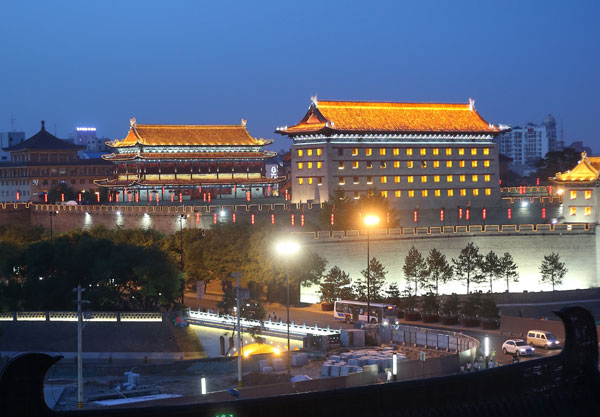 |
|
Day or night, the ancient city walls of Xi'an allow visitors to walk or cycle all the way around the old city in a couple of hours. [Photo by Wang Jing/China Daily] |
Eat on the street
The warren like streets between the drum tower and the city's Great Mosque have been home to Xi'an's ethnic Hui community for centuries. And the nuts and dried fruits many vendors sell are not much different than those snatched up by their ancestors who loaded camel trains bound for Persia and beyond-except for the modern cellophane.
The curbside food here-generally Muslim so expect lots of noodles and lamb, no pork-is a highlight of any Xi'an visit. Vendors with tasty morsels are elbow-to-elbow for several blocks and side alleys, and tempting aromas engulfed us on arrival.
To make sure we didn't fill up too quickly, we searched first for the famous local yangrou paomo: Sidewalk chefs with bubbling cauldrons brew a soup broth and then feed in crumbled bread, mutton and noodles. Mysteriously, this requires a stovetop inferno, and the cooks make a good show of being engulfed in flames, steam and smoke as they prepare the savory soup.
After lunch we strolled through snack heaven, nibbling on dried but surprisingly succulent persimmons, slurping cold noodles in sesame sauce, and following the BAM! BAM! BAM! to sesame candy being made by literally hammering sweet seed paste. Look for a variety of different breads: Our favorite came from four chatty Uygur bakers who were scooping hot disks of naan, the pizza-like flatbread, from two hot iron ovens.
Rouchuan (kebabs) are ubiquitous, cheap and delicious, while other vendors churn out a huge variety of sweets that evoke a Turkish bazaar.
Visitors might get their fill of the Terracotta Warriors after one good visit, but the myriad munchies and colorful vendors of the food street keep me coming back to Xi'an again and again.
Follow Xiyang Shi to the west and you will end up at the Great Mosque, with its intriguing Islamic-Chinese architecture. Originally built in the 8th century, most of the remaining buildings are Ming (1368-1644) and Qing (1644-1911) era, scattered in a delightful park setting.
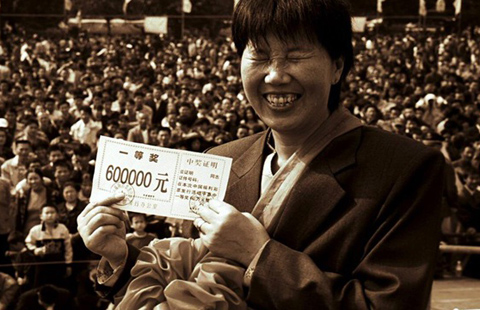
 Now and then: Lottery dream fading
Now and then: Lottery dream fading
 Braving the snow for greener pastures
Braving the snow for greener pastures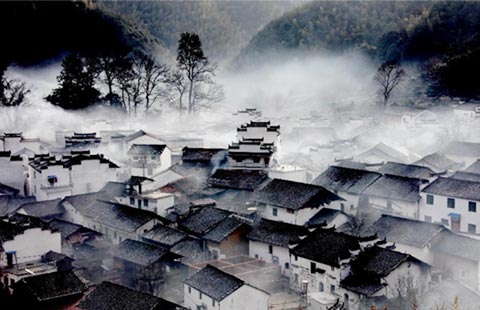
 Special: Preserve the past to live the future
Special: Preserve the past to live the future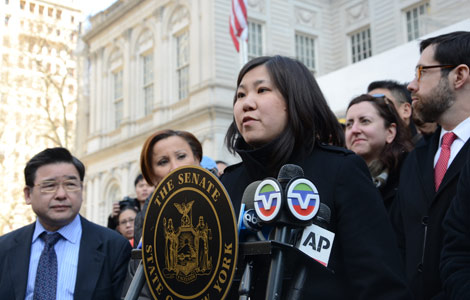
 Push for Lunar New Year school holiday
Push for Lunar New Year school holiday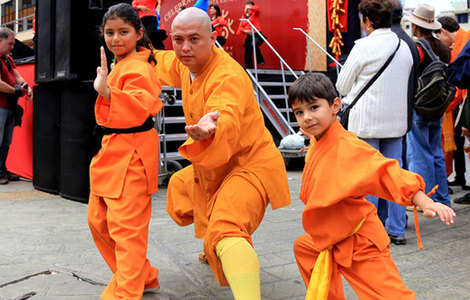
 Bruce Lee's legacy promotes Kungfu in LatAm
Bruce Lee's legacy promotes Kungfu in LatAm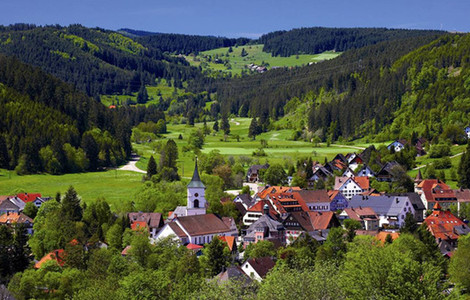
 Germany's Black Forest: a popular holiday destination
Germany's Black Forest: a popular holiday destination
 Sea of color at Shenzhen race
Sea of color at Shenzhen race
 Taking the fight to the terrorists
Taking the fight to the terrorists
Most Viewed
Editor's Picks

|

|

|

|

|

|
Today's Top News
Mutual respect, interests key to US relations
US targets vocational schools in visa crackdown
Washington pitched to tourist
China, Myanmar investigate deadly bombing in Yunnan: FM
Foreign investment restrictions
to be cut
Taking the fight to the terrorists
Action to be taken if deadly bombing happens again
New bureau set to boost graft fight
US Weekly

|

|








